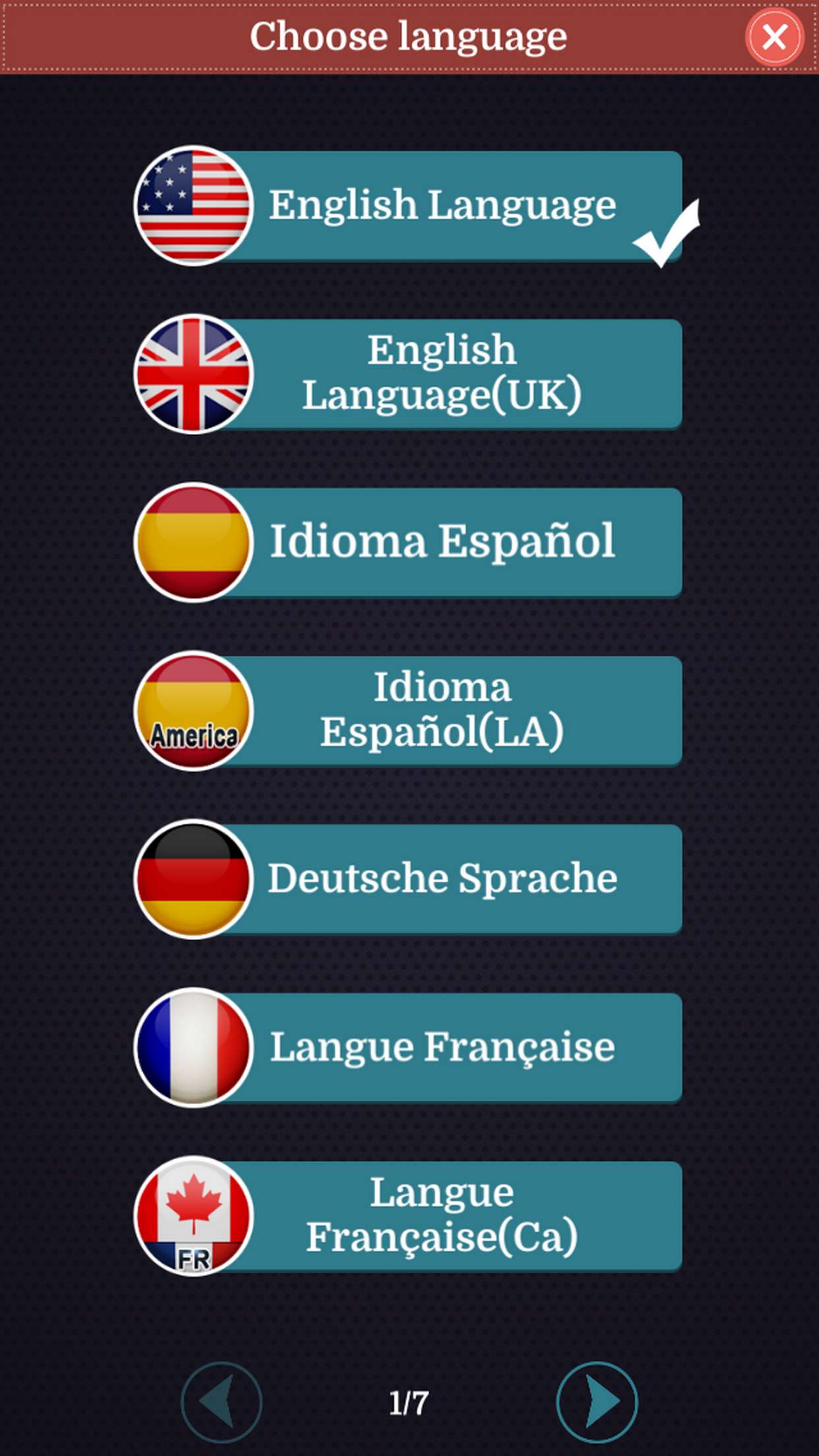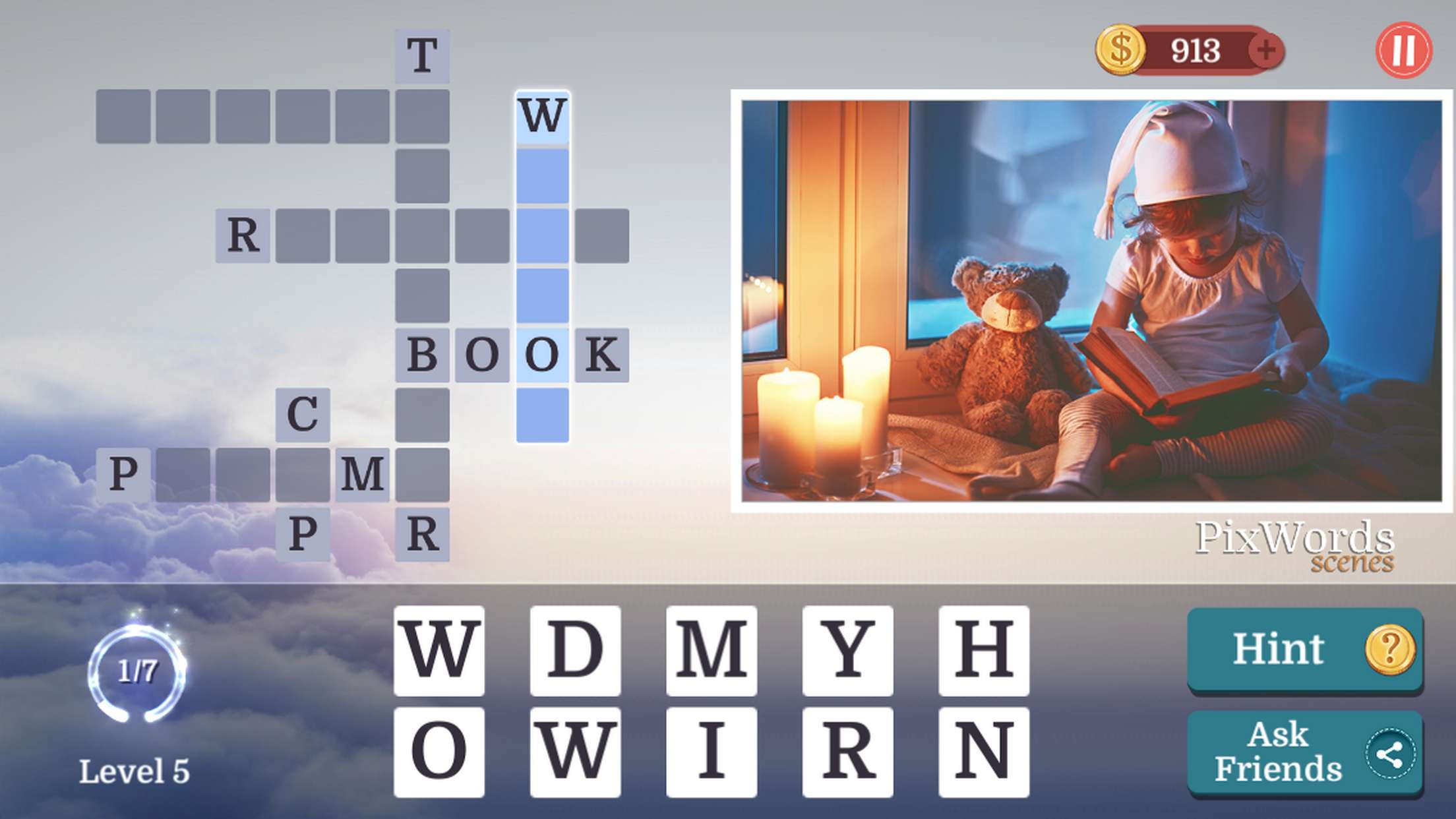

Systems that used this encoding of the ten digits in a sequence of up to ten pulses are known as decadic dialing systems. Oslo, the capital city of Norway, used the New Zealand system, but the rest of the country did not. Exceptions to this are Sweden, with one pulse for 0, two pulses for 1, and so on, and New Zealand, with ten pulses for 0, nine pulses for 1, etc.
#Pixwords scenes with medicine pulse dial button code
In most switching systems one pulse is used for the digit 1, two pulses for 2, and so on, with ten pulses for the digit 0 this makes the code unary, excepting the digit 0. The British (GPO, later Post Office Telecommunications) standard for Strowger switch exchanges has been ten impulses per second (allowable range 7 to 12) and a 66% break ratio (allowable range 63% to 72%). The specifications of the Bell System in the US required service personnel to adjust dials in customer stations to a precision of 9.5 to 10.5 pulses per second (PPS), but the tolerance of the switching equipment was generally between 8 and 11 PPS. The mechanical nature of these relays generally limited the speed of operation, the pulsing rate, to ten pulses per second. In the first electromechanical switching systems, the current pulses generated by the rotary dial on the local loop directly operated electrical stepping switches at the central office. The exchange switch decoded the pattern for each digit thus transmitted by stepping relays or by accumulation in digit registers. When released from this position, the dial pulsing contacts were opened and closed repeatedly, thus interrupting the loop current in a pattern on the return to the home position. The user selected a digit to be dialed by inserting a finger into the corresponding hole and rotated the dial to the finger stop. This mechanism was soon refined to include a recoil spring and a centrifugal governor to control the recoil speed. Operating the dial error-free required smooth rotary motion of the finger wheel by the user, but was found as too unreliable. The pulses were sent as the user rotated the dial to the finger stop starting at a different position for each digit transmitted. The first dials worked by direct, forward action. Strowger also filed the first patent for a rotary dial in 1891. The most common signaling system became a system of using direct-current pulse trains generated in the telephone sets of subscribers by interrupting the single-pair wire loop of the telephone circuit. But the use of separate keys with separate conductors to the exchange was not practical. The first commercial automatic telephone exchange, designed by Almon Brown Strowger, opened in La Porte, Indiana on 3 November 1892, and used two telegraph-type keys on the telephone, which had to be operated the correct number of times to control the vertical and horizontal relay magnets in the exchange. An automatic switch-hook was designed by Hilborne Roosevelt. Various methods evolved to signal the desired destination telephone number for a telephone call directly dialed by the subscriber.

For identification, telephone subscribers were assigned a telephone number unique to each circuit.

Most telephone systems used the nominal rate of ten pulses per second, but operator dialing within and between central offices often used pulse rates up to twenty per second.Īutomatic telephone exchange systems were developed in the late 19th and early 20th century. The pulse repetition rate was historically determined based on the response time needed for electromechanical switching systems to operate reliably. Historically, the most common device to produce such pulse trains is the rotary dial of the telephone, lending the technology another name, rotary dialing. The most common version decodes the digits 1 through 9, as one to nine pulses, respectively, and the digit 0 as ten pulses. In the most common variant of pulse dialing, decadic dialing, each of the ten Arabic numerals are encoded in a sequence of up to ten pulses. This lends the method the often used name loop disconnect dialing. Pulse dialing is a signaling technology in telecommunications in which a direct current local loop circuit is interrupted according to a defined coding system for each signal transmitted, usually a digit. The Western Electric model 500 rotary dial telephone was a pulse-dialing instrument.


 0 kommentar(er)
0 kommentar(er)
